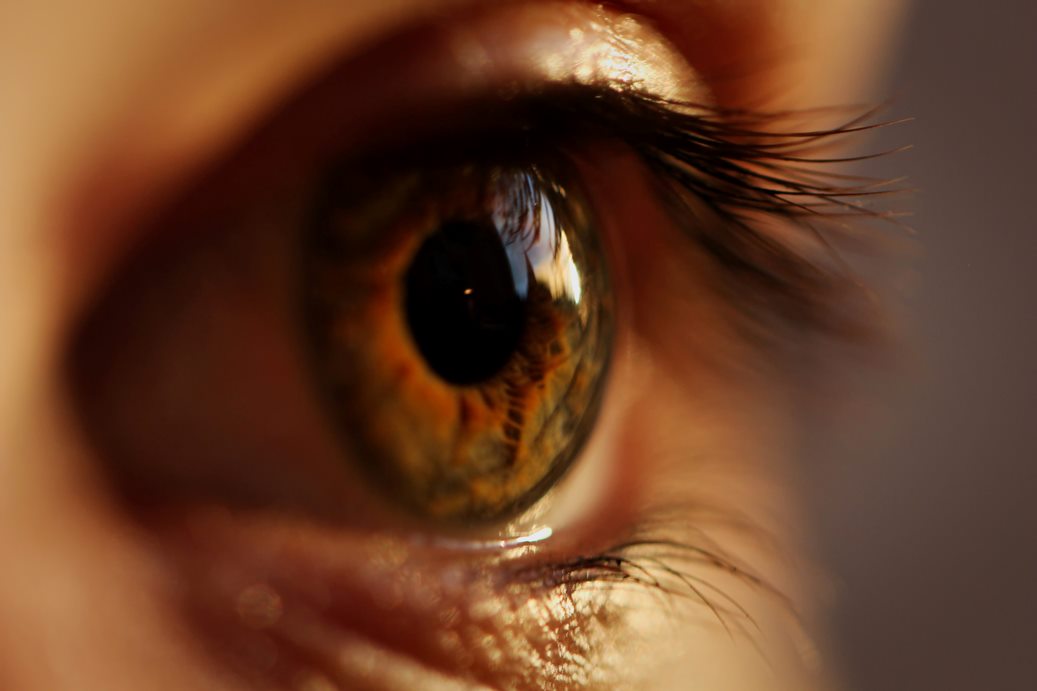
Iridology is a technique used to examine and analyse the iris, the coloured part of the eye, to discover and clarify all aspects of physical and mental health. It may indicate existing health problems and predispositions to disease, both acquired and inherited. All the diseases and ailments we have experienced in life, especially chronic ones, are written in the iris, iridology reveals organs and systems which have been affected.
Analysis not only indicates past health conditions, but can also show us potential health problems, which makes this technique very valuable. Knowing what predispositions we have, gives us an opportunity to avoid potential problems so to preserve health, vitality, and youth.

Iridological assessment is a non-invasive, safe technique performed with a magnifying glass and a light. A questionnaire on lifestyle, medical history, medications, and other relevant data helps make an accurate assessment and a naturopathic treatment plan.
Your investment: £ 60
In human interaction, eye contact is a principal form of communication. We convey our undivided attention through eye contact, and we often perceive or infer deeper subconscious messages or insights through our eyes. We know the expression “The eyes are the window of the soul”, and so often, we have looked for the truth or another person’s feelings by looking into their eyes. Two centuries ago, two doctors, Ignatz von Peczely and Nils Liljequist, started looking into patients’ eyes to determine their health. They discovered specific parameters, signs, and occurrences on the iris, indicating a particular health condition. Iridology, as they named it, quickly spread, and began to be applied in medical practice and was common until the middle of the last century, when biomedical diagnostics replaced it.
Nowadays, it is mainly used in holistic medicine by naturopathic doctors, homoeopaths, ayurvedic doctors, nutritionists, herbalists. Allopathic doctors in Australia and the USA also use it with confidence to diagnose and monitor tissue toxicity, especially mercury poisoning. Although it is a diagnostic tool and scientific medicine has proven the connection between pathological conditions of organs and changes in the iris. Iridology does not make an official diagnosis; instead, it offers a unique perspective on the constitution, one’s tendencies, weaknesses, and strengths, and has the highest value in prevention.
Conventional medicine says it is a muscular organ that contracts and dilates the pupil. Yet, despite being abundant in nerve endings, as many as a fingertip, the iris is not considered a sensory organ. Modern science has yet to fully explain the purpose of the complex structure of the iris, but recent research has shown that this tissue truly has a sensory function and not just a reflex one. This connective tissue contains many nerve endings and vascular filaments; the degree of density and arrangement makes the ‘iris imprint’ unique to each person. It is a much more unique means of identification than a fingerprint.
It is believed that with over 28,000 nerve endings, the iris connects to all organs and systems in the body via the thalamus part of the brain.
There are three basic types of constitution determined by eye colour. The first two are ‘pure’ iris colours, blue and brown, while the third ‘constitution’ is ‘combined’ iris. This division arose from the different ways people adapted to the conditions of life through the centuries.
Individual iris characteristics can be analysed using a defined iris map that links organs to areas of the iris, revealing more specific details.

